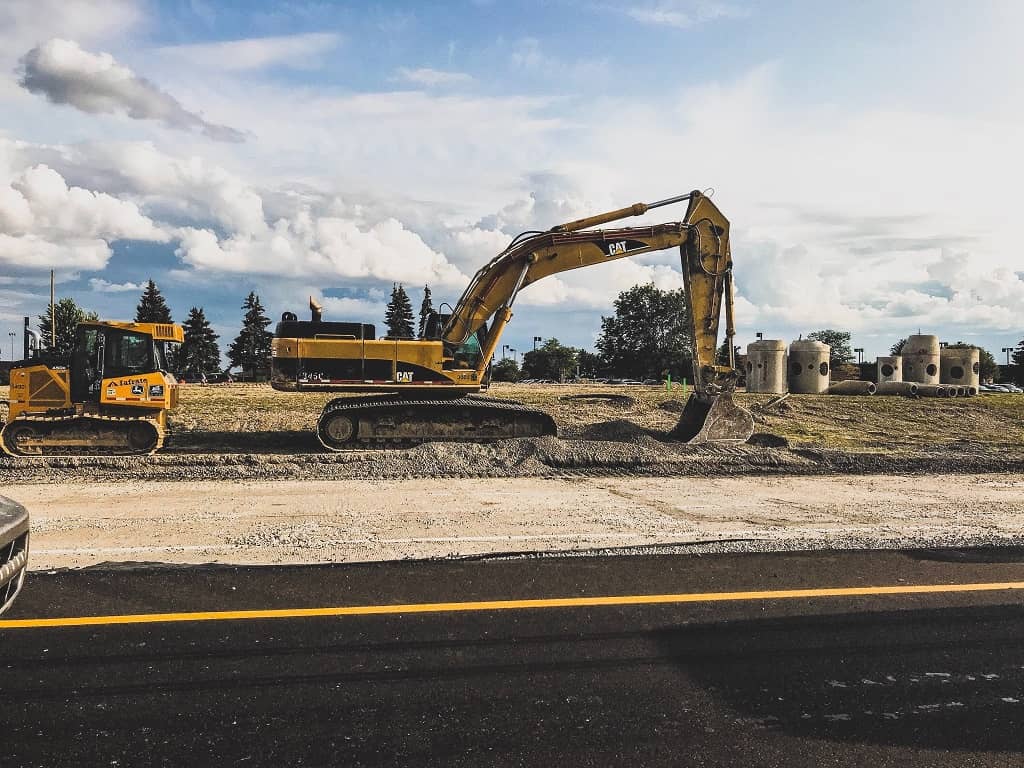
Your options if you can’t make CBILS loan repayments
Administered by the British Business Bank, the Coronavirus Business Interruption Loan Scheme (CBILS) provided financial aid for small and medium-sized businesses that were adversely affected by the pandemic. The scheme was a lifeline, offering government-backed loans and other types of finance up to £5 million.
But with the economy still in turmoil, what happens when it becomes challenging to make your CBILS loan repayments?
Are there alternative ways to fund your repayments?
Paying back a significant CBILS loan can seem daunting, especially if your business is still experiencing financial turbulence. Many options can relieve you from this burden that will avoid measures such as an insolvency process.
Refinancing: Your business might qualify for refinancing or debt consolidation. This would restructure your debt and possibly even give you more favourable terms.
Negotiating payment terms: Your bank will be well aware of the challenges SMEs are facing. Many are open to dialogue regarding payment adjustments. Exploring adjustments such as an extended repayment time, interest-only payments or a payment holiday might offer a solution that gives your company the time to recover.
Seeking professional financial advice: It pays to speak to a qualified financial advisor when confronting your business problems. Advice tailored to your specific circumstances can result in strategic insights that could help you weather the storm.
What are your options if you can’t make your CBILS loan repayments?
Though they might seem daunting, insolvency procedures are at times the most viable solution. And they can help to save your business from closure. Insolvency processes help companies honour their financial commitments by exploring all available means. In the context of a CBILS loan, several routes may be suitable for your business:
Administration: The ultimate purpose of an administration is to discard the parts of your business that aren’t profitable, keeping the rest to rebuild your profitability. You’ll appoint a licensed insolvency practitioner who will operate your business while aiming to repay your creditors as much as possible, possibly by selling some parts of its assets to raise funds.
Company Voluntary Arrangement (CVA): This is an arrangement between your company and its creditors which allows your company’s debts to them to be paid back over a period of time. The advantage for company directors is that it allows you to stay in control while paying what you can afford. And creditors are often repaid a higher amount than if your company closes through a liquidation.
Creditors’ Voluntary Liquidation (CVL): A CVL is a process where the directors of your company choose to voluntarily bring the company to an end. A licensed insolvency practitioner will arrange for your business’ assets to be sold and the proceeds distributed to your creditors, after which your company will be formally closed. But this doesn’t mean the end. We can use a CVL in a similar way to administration and use it to save your business, in a process called Start Afresh Liquidation.
A word of reassurance
Encountering difficulties with your CBILS loan repayments is not the end of the road. Navigating through such a turbulent time can require some changes to your business. However, this process also lays the foundation for remarkable resilience.
Whatever your business’s financial situation, remember that the challenges you’re facing in repaying your CBILS need only be a bump in the road. With the right guidance you’ll be able to move forward with greater business success.
To talk to a licensed insolvency practitioner and business rescue expert about what to do if you can’t repay your CBILS loan, contact our team on 0800 054 6580 or email [email protected]
